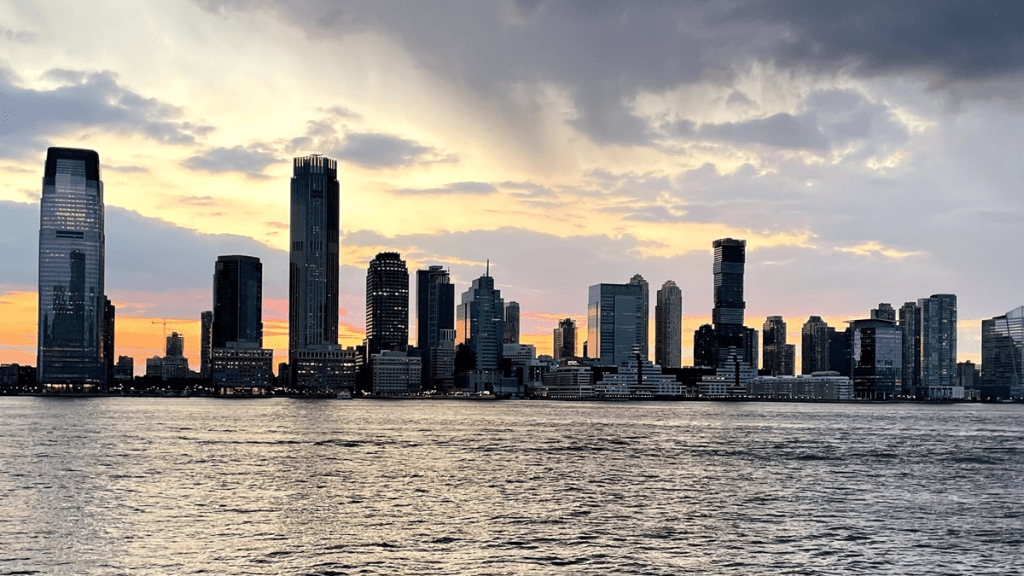How Jersey City Made it Through 2022 With Zero Traffic Deaths

Vision Zero, the international program that aims to reduce traffic deaths to nil, hasn’t really caught on, even in cities eager to save lives. One big city on the east coast, however, is bucking the national trend.
Jersey City saw zero traffic deaths in 2022. That number does come with a caveat: Only the roads managed directly by the city saw no deaths. New Jersey the state, as a whole, saw just as much death and injury in 2022 as the rest of the country, and that includes on freeways that run right through New York’s little brother across the river.
But still, during a time when death seems to be on every corner, Jersey City is safer than ever. The city’s secret? Actually put money and effort into moving quickly on Vision Zero recommendations. One story of how quickly things change illustrates this point perfectly. From Bloomberg:
The area near St. Pauls Avenue between JFK Boulevard and Tonnele Avenue is a tangle of thoroughfares and jurisdictions. It’s also been a longtime traffic safety headache for local residents; drivers tend to barrel down St. Pauls — a city street — as a cut-through to avoid Route 139, the often-packed state highway that funnels drivers to the Holland Tunnel.
So, after surveys, audits and light-touch interventions like speed humps and crosswalks, city planners tried something else. One week in April, a crew descended on St. Pauls and installed small-diameter “mini-roundabouts” at two intersections, using whatever materials the city had handy: traffic cones, planters, barrels, plastic delineators, paint. The instant traffic circles — the city’s first — forced drivers to slow down as they negotiated the crossings with pedestrians and other vehicles.
The roundabouts were only temporary — after a week, they disappeared, as promised. The city found that traffic volumes increased even as speeds came down about 10%, and the feedback from surveyed residents was overwhelmingly positive: 72% of respondents supported making the circles permanent. They were also asked to later vote on three more redesigns, one of which briefly converted St. Pauls into a one-way for two weeks in late November.
While Vision Zero likely helped reduce traffic deaths in New York and some of the 45 major American cities that have signed on, Jersey City is the only one to achieve the vision of zero deaths. It did so by opening up spaces, closing roads and finding ingenious ways to slow down traffic—all with a trial and error approach that achieved broad public support once folks saw how the measures improved their daily lives and commutes. It’s why cities that reduce or ban cars as an experiment tend to keep such bans in place.
The city also experimented with using different tools for different needs, like micro-transportation programs and aggressive bike lane implementation. Without money and political will, Vision Zero will be just that—a big fat zero in terms of gains for the public. But with an aggressive program that puts people first, change can happen and lives can be saved. And by experimenting, these changes can even gain public support.
Read more about this fascinating successful experiment at Bloomberg.



